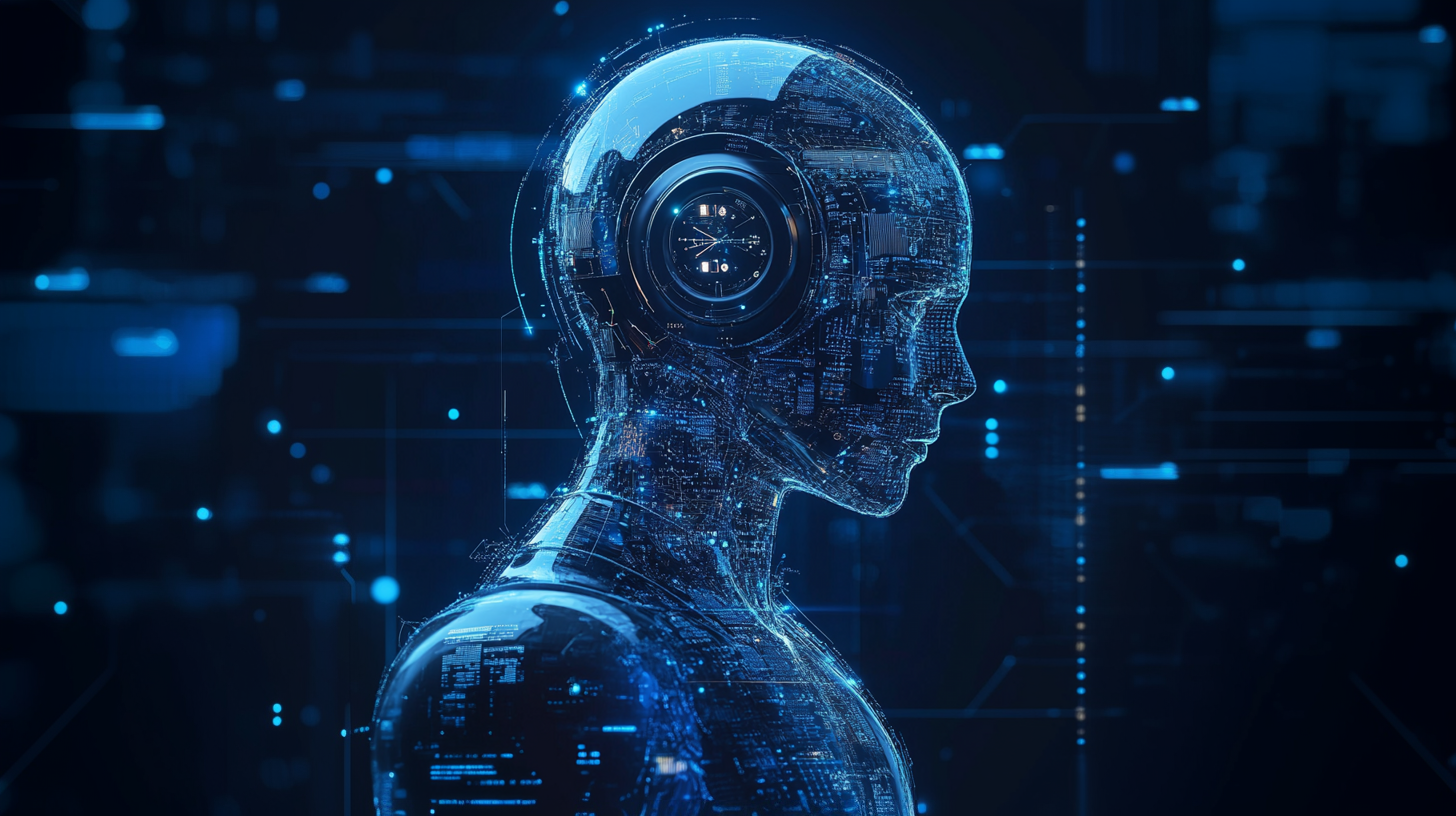
In the rapidly evolving world of cybersecurity, staying ahead of increasingly sophisticated threats is an ongoing challenge. Traditional methods of defense, while still critical, are no longer sufficient on their own. Enter AI-powered cybersecurity—a revolutionary advancement that is transforming the way organizations protect their digital infrastructures. This cutting-edge technology is not just a trend but a necessity in today’s complex threat landscape.
Artificial intelligence (AI) and machine learning (ML) are becoming integral components of modern cybersecurity strategies. These technologies enable systems to analyze vast amounts of data in real-time, identify patterns, and detect anomalies that could signify a cyber attack. Unlike traditional security measures that rely heavily on predefined rules and human intervention, AI-driven solutions can autonomously adapt to new threats, learning and evolving to stay one step ahead of cybercriminals.
One of the most compelling examples of AI in action is its application in threat detection and response. According to a report by Capgemini, nearly 69% of organizations believe that AI is necessary to respond to cyber threats, given the scale and speed of attacks. This statistic underscores the growing reliance on AI technologies to manage the overwhelming volume of data that needs to be analyzed for potential threats. AI systems can rapidly analyze data from multiple sources—network traffic, user behavior, and endpoint activities—correlating information that would take human analysts significantly longer to process. This speed is crucial in minimizing the impact of a breach, enabling organizations to respond in real-time or even preemptively.
Moreover, AI-powered cybersecurity tools are particularly effective in combating advanced persistent threats (APTs) and zero-day vulnerabilities. These sophisticated attacks often bypass traditional security mechanisms, exploiting unknown weaknesses in software. AI, however, excels in anomaly detection, identifying suspicious activities that may indicate an APT or a zero-day exploit. This proactive approach is a significant leap forward from reactive methods, which often involve dealing with the aftermath of a breach.
Another area where AI is making strides is in the automation of routine cybersecurity tasks. AI-driven automation can handle tasks such as patch management, vulnerability scanning, and even the orchestration of incident response processes. This not only improves efficiency but also frees up cybersecurity professionals to focus on more complex, strategic issues. Given the current shortage of skilled cybersecurity talent—a problem highlighted by a Cybersecurity Ventures report predicting 3.5 million unfilled cybersecurity jobs by 2025—AI’s ability to augment human expertise is more important than ever.
However, the adoption of AI in cybersecurity is not without its challenges. Concerns about AI’s potential to be used by cybercriminals are valid; adversarial AI, where attackers use AI to enhance their own tactics, is an emerging threat that must be addressed. Additionally, the complexity of AI systems can make them difficult to interpret, raising questions about transparency and trust. Organizations must carefully consider these factors when implementing AI-driven solutions.
Despite these challenges, the benefits of AI-powered cybersecurity are undeniable. As threats continue to evolve, so too must our defenses. AI offers a powerful tool for organizations seeking to safeguard their digital assets, providing a level of speed, accuracy, and adaptability that traditional methods simply cannot match.
Looking ahead, the integration of AI with other advanced technologies such as blockchain, quantum computing, and the Internet of Things (IoT) will likely further enhance cybersecurity capabilities. The future of digital defense is not just about keeping pace with threats but outpacing them—and AI is leading the charge.
For organizations looking to strengthen their cybersecurity posture, investing in AI-driven solutions is no longer an option; it’s a necessity. As cyber threats become more sophisticated, the role of AI in cybersecurity will only continue to grow, offering new opportunities to protect and secure our increasingly digital world.






